Overview
You heard of making money with no effort? Well, almost none. That's pretty much the idea behind covered call ETFs, where the nifty little strategy is that ETFs sell call options on stocks they already own to generate extra income.
In layman's terms, it means you get paid a little "rent" for holding your investments.
I happened onto this about two years ago when seeking methods by which to smooth out the wild rollercoaster of stock returns. One day, a fellow investor told me, "If you are going to hold blue-chip stocks regardless, why not make them work harder for you?" The line stuck.
They do not promise growth by leaps and bounds. What they usually deliver is stable monthly income, and for something like that being nothing compared to "high" savings accounts - it is more than worth taking a second look.
Key Takeaways
- Monthly Payouts: Ideal for Passive Income Lovers.
- How It Works: Selling Call Options for Income but Limits Upside.
- Flat Markets: Best for Sideways Slow Moving Markets.
- Tax Angle: The Income May Be Taxed More Than Capital Gains.
- Big Names: Think JEPI, QYLD, XYLD, and RYLD.
- High Yields (8-12%): But do not ignore the trade-offs.
- Not Totally Passive: Strategy and Timing Matter.
The 7 Best Covered Call ETFs
Now that these major billings have been taken off your mind, let us introduce the star actors of this blog. Each has its unique flavor:
- JEPI: Balanced approach with low volatility and a yield about 7–8%.
- QYLD: Whopping yields from Nasdaq-100 stocks; serious options-writing activity.
- XYLD: QYLD's S&P 500 counterpart, with very similar mechanics.
- RYLD: Small cap centric with extremely high yield but more uncertainty.
- DIVO: Takes covered calls selectively; can be called a dividend-focused ETF.
- NUSI: Includes downside cushioning with its protective put.
- HSPX: Uses systematic buy-write strategy on S&P 500.
Core ETF Comparison: What Makes Each One Tick?
Core Characteristics and Income Potential
| ETF | Underlying Index | Yield (12M Trailing) | Expense Ratio | Inception Date | AUM (Approx.) | Payout Frequency |
|---|---|---|---|---|---|---|
| JEPI | Custom U.S. Equity | 7.2% – 8.0% | 0.35% | May 2020 | $31B+ | Monthly |
| QYLD | Nasdaq-100 | 11% – 12% | 0.60% | Dec 2013 | $7.5B+ | Monthly |
| XYLD | S&P 500 | 10.5% – 11.5% | 0.60% | Jun 2013 | $3.2B+ | Monthly |
| RYLD | Russell 2000 | 11.5% – 12.5% | 0.60% | Apr 2019 | $1.5B+ | Monthly |
| DIVO | Blue-Chip Stocks | 4% – 5% | 0.55% | Dec 2016 | $3.1B+ | Monthly |
| NUSI | Nasdaq-100 | 6.5% – 7.5% | 0.68% | Dec 2019 | $480M+ | Monthly |
| HSPX | S&P 500 | 6.5% (quarterly payout) | 0.65% | Jun 2013 | $460M+ | Quarterly |
Visual Dashboard: ETF Metrics at a Glance
AUM Distribution (Approx.)
Expense Ratio Comparison (%)
Maximum Trailing Yield (%)
Payout Frequency
JEPI is a smooth operator low volatility, reliable yield. QYLD, on the other hand, is the bold one. Massive payouts but don't expect any growth. DIVO? Your stable uncle that shows up surely on time.
Strategy Breakdown: What Is Happening Under the Hood?
You don't have to know all of the technical jargon. You just need to understand how each ETF generates that income, and what it might cost you in terms of growth potential.
| ETF | Option Strategy | % of Holdings Covered | Growth Participation | Downside Protection |
|---|---|---|---|---|
| JEPI | Equity-linked notes (ELNs) | ~70 | Moderate | Some Buffer |
| QYLD | 100% Call Overwrite | 100 | Very-limited | None |
| XYLD | 100% Call Overwrite | 100 | Limited | None |
| RYLD | 100% Call Overwrite | 100 | Limited | None |
| DIVO | Active Covered Calls | 25-40 | Moderate to Good | Mild |
| NUSI | Collar (Call + Protective Put) | ~100 | Limited | Yes |
| HSPX | Buy-Write on Index | ~100 | Moderate | None |
Strategy & Protection Profile
Growth vs. Protection Strategy
Percentage of Holdings Covered
Observations:
- JEPI caps a portion of its upside; QYLD caps all of it.
- DIVO doesn't write calls on everything, allowing for some growth.
- NUSI adds downside protection, but it costs in terms of income.
Real Income Data: What You Might Actually Get Paid in a Month
Let’s say you invest ₹10 lakh or $10,000. What does your monthly cash payout look like? This visualization makes the potential income tangible.
| ETF | Avg. Monthly Payout ($10,000 Invested) | Payout Range | Distribution Type | Payout Stability |
|---|---|---|---|---|
| JEPI | $60-70 | $55-75 | Option income + equity yield | Very stable |
| QYLD | $95-110 | $90-120 | Pure option premium | Volatile with Nasdaq |
| XYLD | $90-105 | $85-115 | Pure option premium | Smoother than QYLD |
| RYLD | $95-115 | $90-125 | Pure option premium | Choppy |
| DIVO | $35-50 | $30-55 | Dividend + options | Highly consistent |
| NUSI | $50-60 | $45-65 | Option + put collar | Declining post-2022 |
| HSPX | $15-25 (quarterly) | $50-75 (per Q) | Option income | Not suited for monthly use |
QYLD was one of the first ones that I tested. I saw almost $100/month, but hardly saw any change in fund value. JEPI? Slightly less income but at least the NAV wasn't gushing out.
Taxation and Distribution Payments
This is where many trip up. These ETFs do pay a lot, but how are they taxed? The income type can significantly affect your after-tax returns.
| ETF | Tax Type (US) | Qualified Dividends | Return of Capital Component? | Tax-Efficient? |
|---|---|---|---|---|
| JEPI | Mixed | Yes | Rare | Most efficient |
| QYLD | Mostly ordinary income | Minimal | Possible | Less efficient |
| XYLD | Mostly ordinary income | Some | Uncommon | Mid-efficiency |
| RYLD | Ordinary income | None | Often | Less efficient |
| DIVO | Qualified dividend majority | Yes | No | Highest |
| NUSI | Mix of ROC and income | No | Yes | Lower |
| HSPX | Mostly income | No | No | Low |
You might love these high yields, but Uncle Sam will love them even more. I had to adjust my withholding after getting a surprise on my first QYLD 1099.
Who Should Buy What? Use Case Matching
Let’s keep it really simple. Which ETF suits which investor type? Use this table to match your goals to the right fund.
| Investor Type | Best Fit ETF(s) | Reasoning |
|---|---|---|
| Conservative Income Seeker | JEPI, DIVO | Low volatility, high consistency |
| High Yield Target | QYLD, RYLD | Maximum income per month |
| Balanced Growth + Income | JEPI, XYLD | Some upside remains |
| Market Bear or Cautious | NUSI | Built-in downside protection |
| Dividend Reinvestor | DIVO | Quality companies + income |
| Set-and-Forget | JEPI | Diversified, stable, and simple |
| Aggressive Yield Hunter | QYLD | High yield but know the risks |
Conclusion: Are Covered Call ETFs Right for You?
When I first dipped into Covered Call ETFs, I never thought they'd change how I viewed income investing. Over time, though, these funds have quietly become the backbone of my portfolio, providing me income month after month while the rest of the market threw fits.
Not that these are built for rocket-like growth, but they offer something different: Consistency, cash flow, and calm.
If you have been on the growth chase yet want a little breather or even if you just enjoy watching an income stream trickle in, these ETFs might deserve a place in your mix.
Final Takeaways:
- Covered call ETFs prioritize income over capital gains.
- Monthly payouts offer predictable income but not necessarily growth.
- Some ETFs aim for balance (JEPI and DIVO) while others, such as QYLD and RYLD, are completely yield-focused.
- Always check for the tax impact and understand how the strategies differ.
- They should form one part of a much bigger portfolio, not the whole.
- They're not magic. But if used right, they can help you build an income stream that feels a little bit like freedom.
⚠️ Disclaimer
This article is for educational and informational purposes only. It does not constitute investment advice, financial guidance, or a recommendation to buy or sell any security. All investments carry risk. Covered call ETFs are subject to market risk, volatility, and potential loss of capital. Always consult a certified financial advisor or tax professional before making investment decisions. Past performance is not indicative of future results. Data presented here is current as of publication but may change—always verify with official fund documents or sources.
Frequently Asked Questions
The principal downside is these ETFs cap your upside potential. So, should the market rally, you would receive only a partial share of the benefit. While income will be there, the fund's net asset value (NAV) can gradually lose value over time, especially in strong bull markets, which reflects badly on total return.
Income-wise, they might seem similar, but they are not exact alternatives. Covered call ETFs are still equity-based and carry significantly more market risk and volatility than most bonds. They are better viewed as a complementary asset to bonds rather than an outright replacement in a diversified portfolio.
Yes, they are exposed to stock market risk like any equity fund. While you may receive steady income, the ETF's value could plummet during a market downturn. On top of that, the limited upside during bull markets is a significant risk to your total return, as you miss out on potential gains.
JEPI has gained recognition because it strikes a balance on the income-growth spectrum. Unlike QYLD, it does not write calls on 100% of its portfolio, allowing more room for capital appreciation. This makes it compelling for those investors who value stable income but also want to participate in some of the market's upside.
Reinvesting dividends is a powerful way to build wealth through compounding if you do not immediately need the income. However, if you rely on the distributions for living expenses or retirement cash flow, it is perfectly fine to take the cash. The choice depends entirely on your personal financial goals and needs.
Covered-call ETFs typically provide relatively stable monthly income, but it is not guaranteed. Payouts can decline if market volatility decreases (which lowers option premiums) or if the underlying assets fall in value. So while the income stream is a primary goal, it can and does fluctuate from month to month.


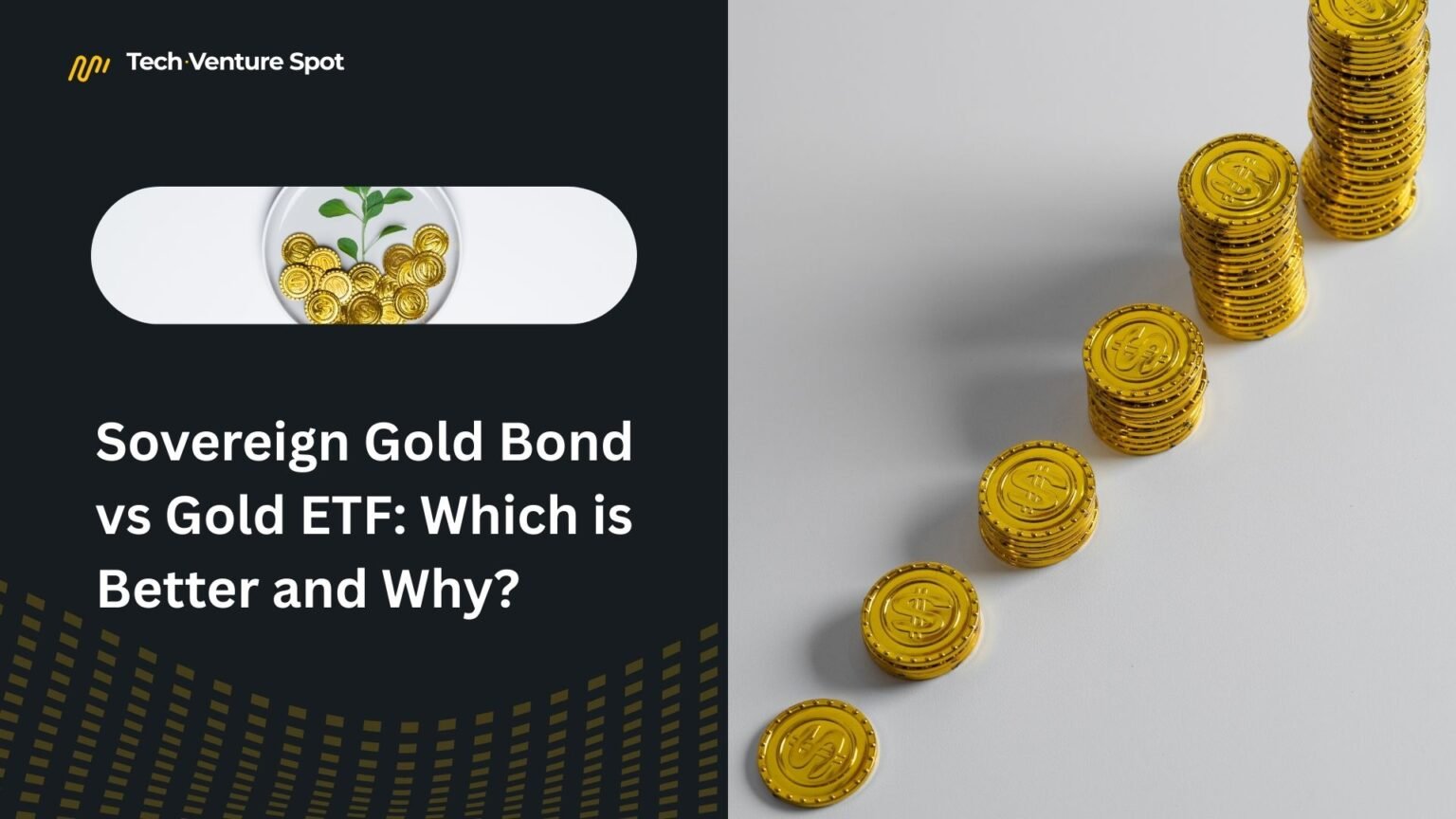
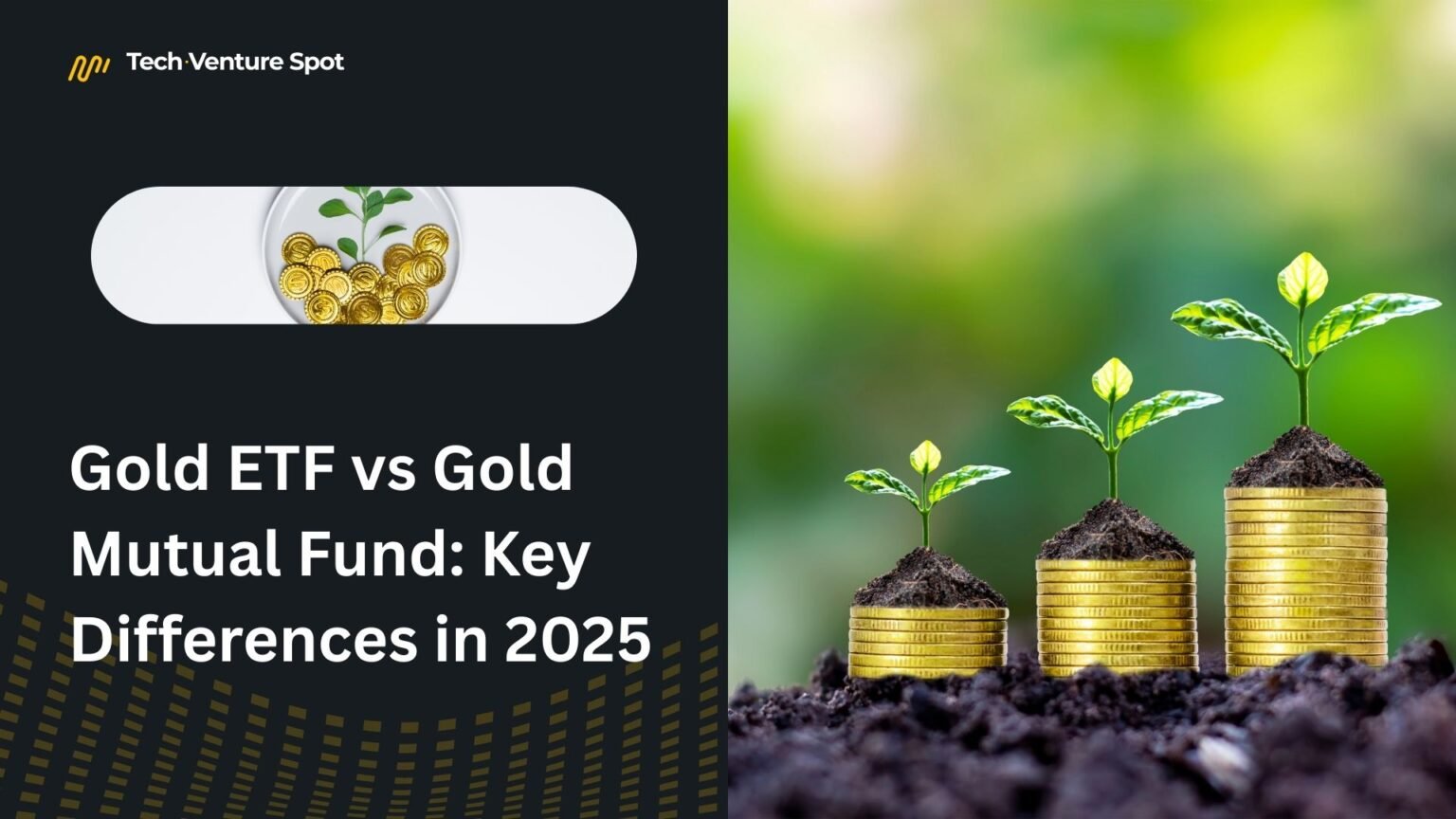
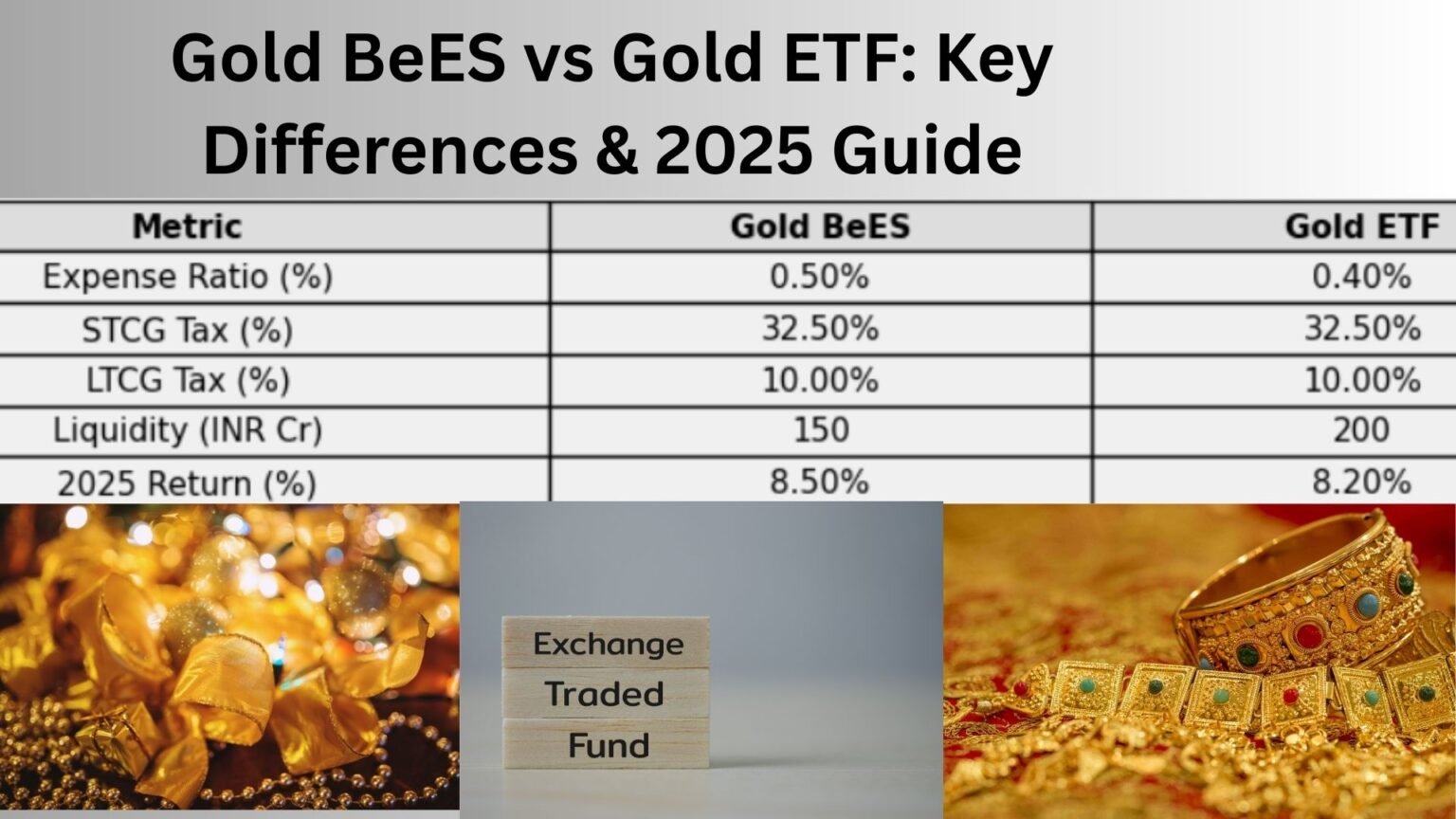
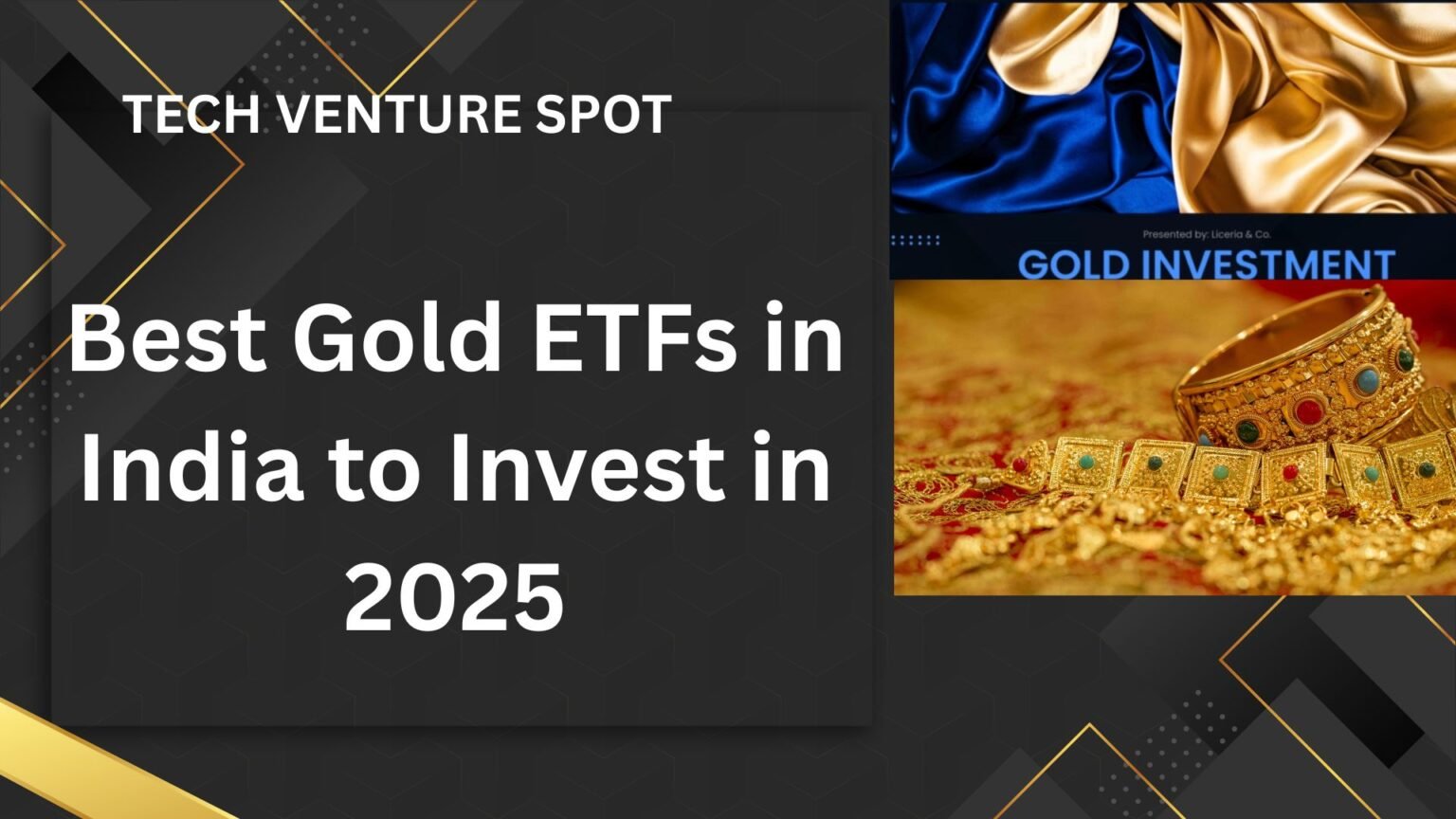
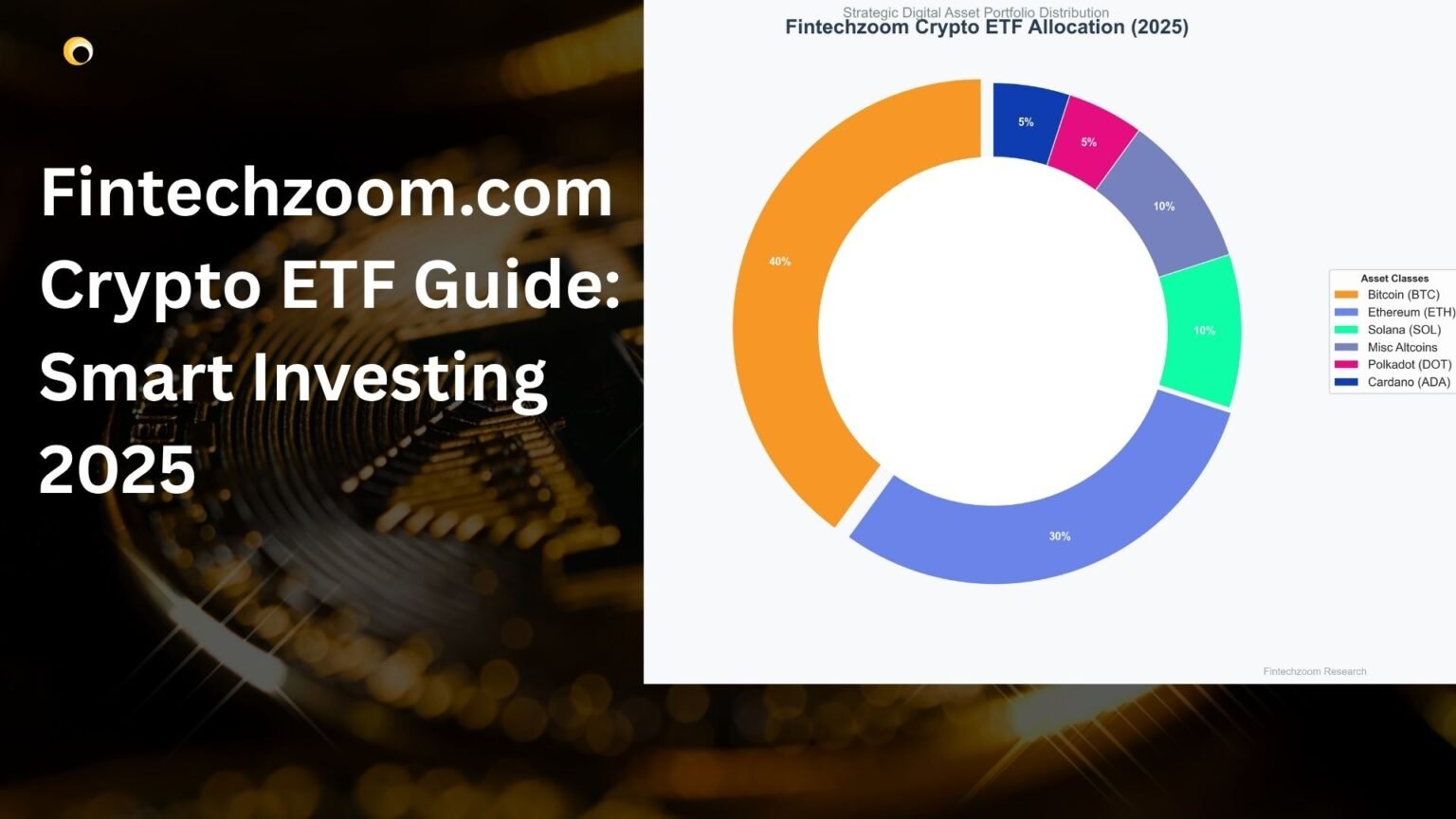
Keep on working, great job!
You actually make it seem so easy with your presentation but
I find this matter to be really something that I think I would never understand.
It seems too complicated and very broad for me. I’m looking forward for your next post,
I’ll try to get the hang of it!
WRITE your topic name which you want to know about it, i will post for you.